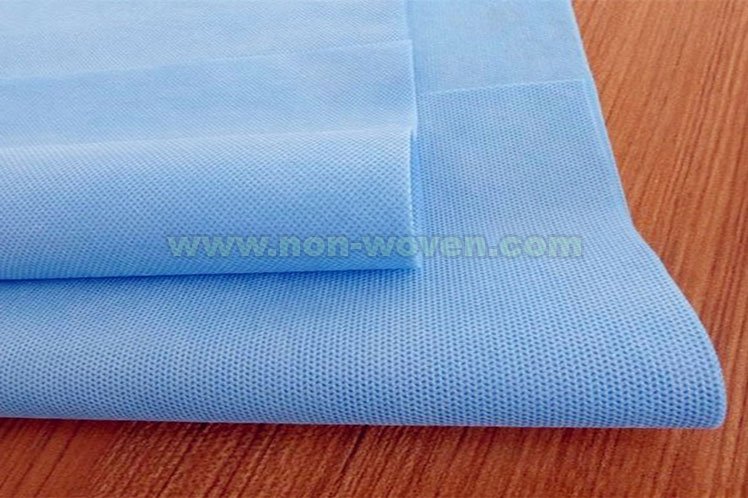Introduction
Non woven fabric medical products are made from a variety of materials, including plastic, paper, and glass fibers. They are used in a wide range of applications, including disposable surgical gowns, masks, and drapes.
Non woven fabric medical products are usually made from multiple layers of material, which helps to provide strength and durability. They can also be treated with antimicrobial agents, which help to protect against bacteria and other microorganisms.
Non woven fabric medical products are an important part of the medical industry, and they are used in a variety of settings, including hospitals, clinics, and doctor’s offices. If you are a medical professional, it is important to be familiar with these products and their uses. Keep reading to learn everything you need to know about non woven fabric medical products!learn more(wikipedia)
An Overview of Non Woven Fabric Medical:
Non woven fabric medical products are made by bonding together a web of fibers that are made from plastic, paper, or glass fibers. The fibers are then heated, stretched, and spun together to form a strong fabric. Non woven fabric medical products are often treated with antimicrobial agents, which helps to protect against the growth of microbes and bacteria. They are lightweight and durable, making them ideal for a wide range of medical applications.
The Benefits of Non Woven Fabric Medical:
Non woven fabric medical products offer many advantages over traditional fabrics. They are often low-cost, highly durable, and offer superior resistance to bacteria and other microorganisms. They are also extremely lightweight, making them easy to transport and store. Additionally, they can be tailored to the exact specifications of the medical application they are used for, allowing for a wide range of uses.
The Applications of Non Woven Fabric Medical:
Non woven fabric medical products are used in a variety of medical applications. They are commonly used to make disposable surgical gowns, masks, and drapes. They are also used for items such as bandages, sheets, and liners for mattresses, wheelchairs, and hospital beds. In addition, non woven fabric is becoming increasingly popular in other medical fields, such as wound care and physical therapy.
The Disadvantages Non woven Fabric:
However, non woven fabric’s usefulness is not all that great. One major downside to this material is the fact that it is not as durable as woven fabric because of how it is constructed. Non woven fabric is a synthetic material and this means that it can rip and tear much more easily than woven fabric. This is why it is often considered to be a poor choice for clothing, since garments made with this material are likely to fall apart over time.
Another disadvantage of nonwoven fabric is its absorbency. Although it can filled with or become wet, this material is not particularly absorbent. In some instances, this may cause the fabric to retain moisture, which could promote the growth of mold or mildew. As a result, people who are using their non woven fabric garments for outdoor activities should take care to ensure that their clothing does not near sleeping areas, to protect the material and prevent it from becoming moldy.
The Future of Non Woven Fabric Medical:
As technology advances, non woven fabric medical products are becoming increasingly popular. The fabric is lightweight, economical, and offers superior protection against bacteria. It is also being used in more and more applications, such as wound care and physical therapy. With advancements in technology, the possibilities for new uses of non-woven fabric medical products are virtually limitless.
Conclusion:
Non woven fabric medical products are an important part of the medical industry. They are lightweight, durable, and offer superior protection against bacteria and other microorganisms. They are used in a wide range of applications, and technology is enabling new uses for non woven fabrics every day. As the technology continues to advance, non woven fabric medical products will continue to be an essential part of the medical industry.

